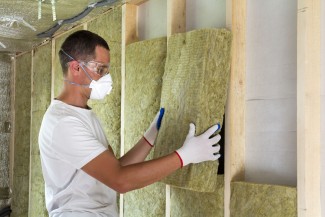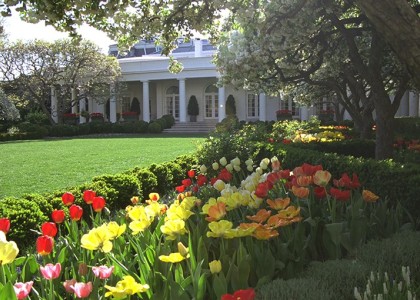Washington, DC—The American Council for an Energy-Efficient Economy released the following statement from Lowell Ungar, its director of federal policy, in response to the U.S. Department of Housing and Urban Development (HUD) and Department of Agriculture (USDA) taking a key step toward ensuring new homes supported by several federal programs meet updated energy efficiency criteria:
“Today’s announcement is a significant step to reduce utility bills for millions of households while cutting greenhouse gas emissions.
“Congress recognized years ago that it makes no sense for the government to help people buy inefficient homes that come with high energy costs. The regulators are supposed to ensure federally supported homes are built to up-to-date energy codes, but they’ve fallen way behind.
“We’re now a big step closer to ensuring that builders of millions of new homes don’t leave residents with uncomfortable drafts and steep utility bills.
“This step is way overdue, and now we want to see them act with urgency to finalize it. The longer it takes, the more homes are built that will need to be retrofitted later at higher cost.
“The Department of Veterans Affairs also needs to act quickly to give veterans similar protections. And Fannie Mae and Freddie Mac, as well as their regulators in the Federal Housing Finance Agency, should set similar requirements for the massive number of loans they back to protect homebuyers and address the homes’ emissions.
“We also are excited that HUD is rolling out the Green and Resilient Retrofit Program, a nearly $1 billion fund to help multifamily building owners improve energy efficiency and protect residents against increasingly-extreme weather. We pushed for this program in the Inflation Reduction Act because it will reduce energy bills for tens of thousands of low-income renters around the country while cutting climate pollution. Now is the time for property owners to capitalize on these funds to climate-proof these buildings.”
Background:
In bipartisan laws in 1992 and 2007, Congress directed federal agencies to periodically strengthen efficiency criteria for new homes purchased with the support of federally backed mortgages and federal housing programs. But the regulators have not updated the criteria since 2015.
The law requires HUD and USDA to update these criteria to match a model building energy code—known as the International Energy Conservation Code (and ASHRAE Standard 90.1 for high-rise multifamily buildings)—every three years if the agencies determine that doing so would not negatively affect the availability or affordability of covered housing. The agencies issued such a preliminary determination today for the 2021 IECC and Standard 90.1-2019 (the current requirements are the 2009 IECC and 90.1-2007), which will be open to public comment before the agencies can finalize the action and it can take effect. A provision enacted in conjunction with the omnibus spending bill at the end of 2022 also requires the Department of Veterans Affairs to update its loan requirements based on the HUD-USDA criteria.
If the HUD and USDA action is finalized, residents of the homes at issue will save an estimated $14,500 for single-family homes and $6,000 per multifamily unit overall, net of costs, over the lifetime of the homes thanks to lower energy bills, HUD and USDA calculated. The total savings would be roughly $1 billion. Homes built to the new requirements rather than the current levels will see more than 30% energy use and carbon emission reductions.


